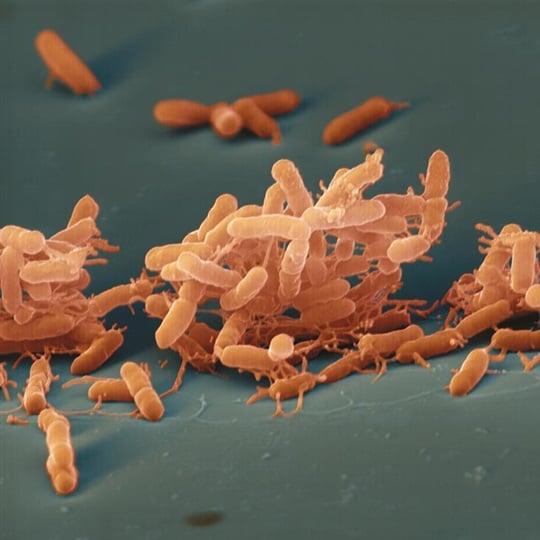Modes of Transmission

Understanding the different modes of transmission is crucial for patient and occupational safety. Discover how hygiene measures vary depending on the route, such as wearing masks for airborne transmission and using gloves for contact infections. Learn more here.
Learn more

